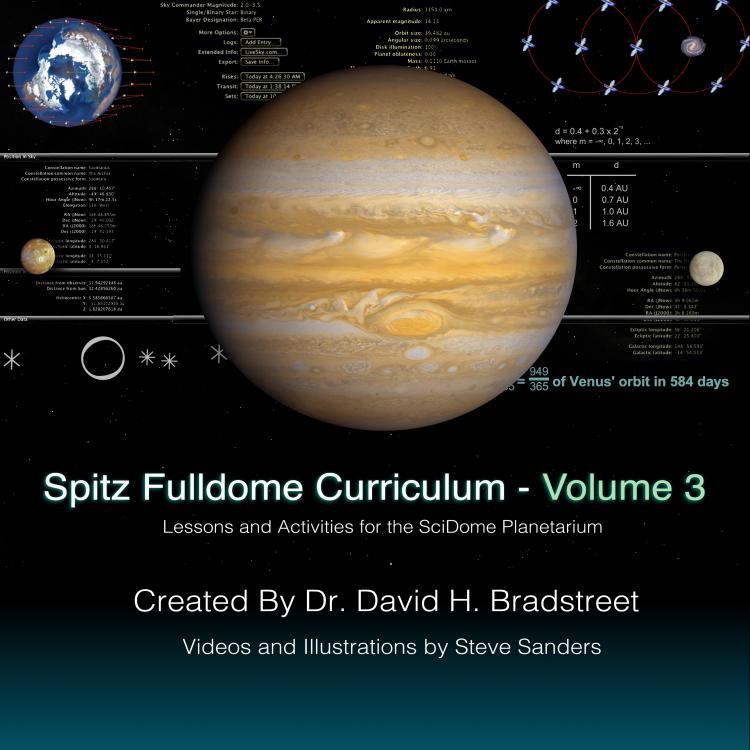

The minor in Astronomy at Eastern University prepares students for a career in astronomy through a challenging array of courses in physics, math, computer science and astronomy designed to encourage growth in not only knowledge but faith, as well.
Why Minor in Astronomy at Eastern?
- Integration of faith and academics
- The Bradstreet Observatory consists of two computerized, 16-inch telescopes.
- The Julia Fowler Planetarium features a new, automated Spitz SciDome digital projector, one of only 150 of its kind in the world.
- Dr. David Bradstreet, a global expert in eclipsing binary star research and leader in the field of digital planetarium curriculum development at universities nationwide
- Unique opportunities for non-science majors or astronomy minors to use state of the art facilities
“This image of The Bubble Nebula was taken by astronomy students in Fall 2020 at the Bradstreet Observatory of Eastern University. Located in the constellation Cassiopeia, the Bubble Nebula is created by the nearby stellar winds of a massive (44 times the mass of our Sun!), hot, young star exciting and expanding the molecular gas around it. The stellar winds both blow away the gas and excite it, causing the gas to glow. It is approximately 10,000 light years away.”
Curriculum
| Course Number | Course Name | Credit |
|---|---|---|
| Core Physics Courses | 16 | |
| ASTR 111 | The Solar System | 4 |
| ASTR 112 | Exploration of the Universe | 4 |
| PHYS 101 | Introduction to Physics I | 4 |
| PHYS 102 | Introduction to Physics II | 4 |
| Physics Courses | 2-3 | |
| An approved PHYS elective | ||
| Total Credit Hours: | 18-19 |
Full descriptions of undergraduate course offerings are available in Eastern's undergraduate course catalog.
Careers
Astronomy students graduating from Eastern University are prepared for graduate school and research in an astronomy field. Recent graduates are working as:
- Graduate students in Astronomy
- Teachers in high school
- Research assistants
- Problem solvers in Industry



